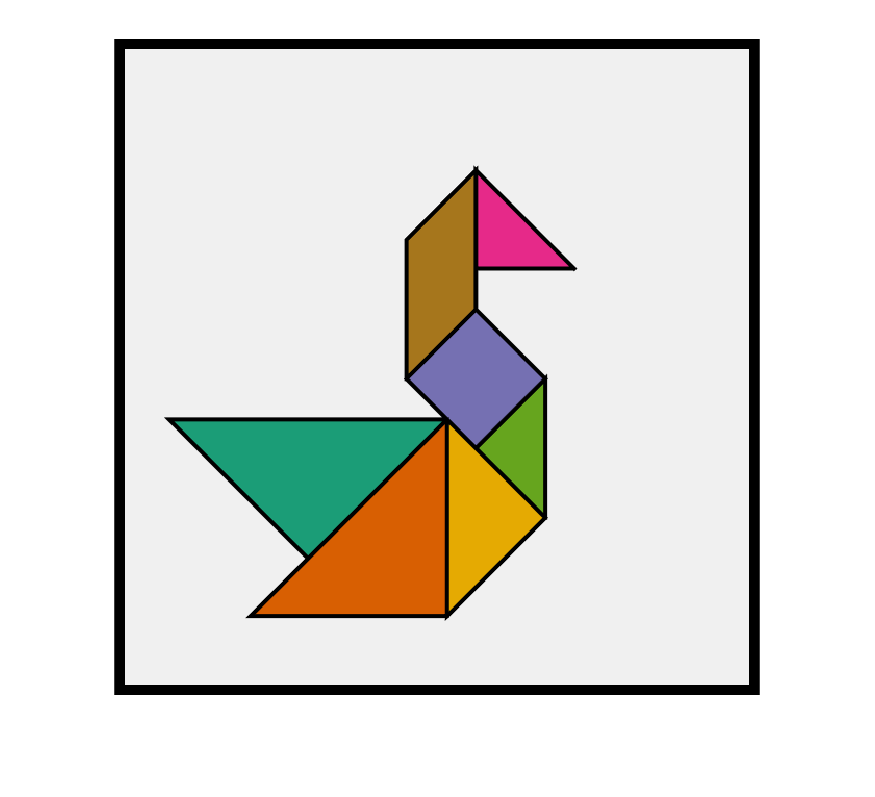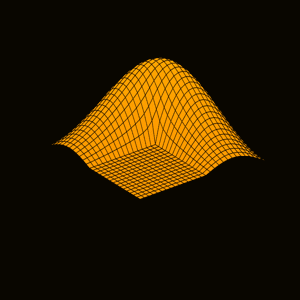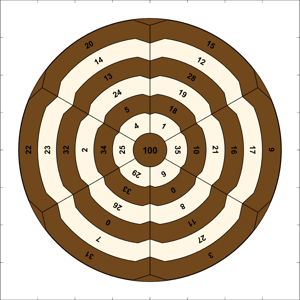
The tangram is an ancient Chinese puzzle with seven pieces.... 더 읽어보기 >>

The tangram is an ancient Chinese puzzle with seven pieces.... 더 읽어보기 >>

I was invited recently to give a virtual talk to the student chapter of SIAM at JUIT, the Jaycee Institute of Information Technology, in Wagnaghat, India.... 더 읽어보기 >>

Like millions of other folks, I play Wordle from the New York Times almost every day. The Times reports that Wordle puzzle number 1497 on Friday, July 25, was especially difficult. The average puzzler required 5.7 attempts and many failed to get the answer in the six moves allowed. I have a MATLAB assistant that I call Wordler and, even with her help, I failed on number 1497. Here's why.... 더 읽어보기 >>

In 1988, while I was with Ardent Computer in Silicon Valley, I gave a talk that previewed MATLAB graphics. The title was "Pictures of Matrices". At the time, a mathematician friend of mine asked.... 더 읽어보기 >>

The twenty-second Householder Symposium on Numerical Linear Algebra was held June 8 - June 13 at Cornell. The local organizers were Anil Damle, Alex Townsend and David Bindel. Anil served as host and cheerleader.... 더 읽어보기 >>

The Revolving Century puzzle is a beautifully made wooden puzzle from Creative Crafthouse in Hudson, Florida.... 더 읽어보기 >>

No, this is not the script for an episode of "Game of Thrones". It is a blog post about Lindenmayer grammars, growing plants, space-filling fractals, turtle graphics and dragon curves.... 더 읽어보기 >>

Two previous blog posts, Dec. 12, 2024 and Nov. 16, 2024, introduced "Sonic", my new tool for incorporating sound in videos. Today's blog post includes a link to the MATLAB source code for Sonic, as well as links to new versions of ten examples.... 더 읽어보기 >>

I am very excited to incorporate sound in animations. This blog post has five examples with links to videos enclosed in '+ + + +'.... 더 읽어보기 >>